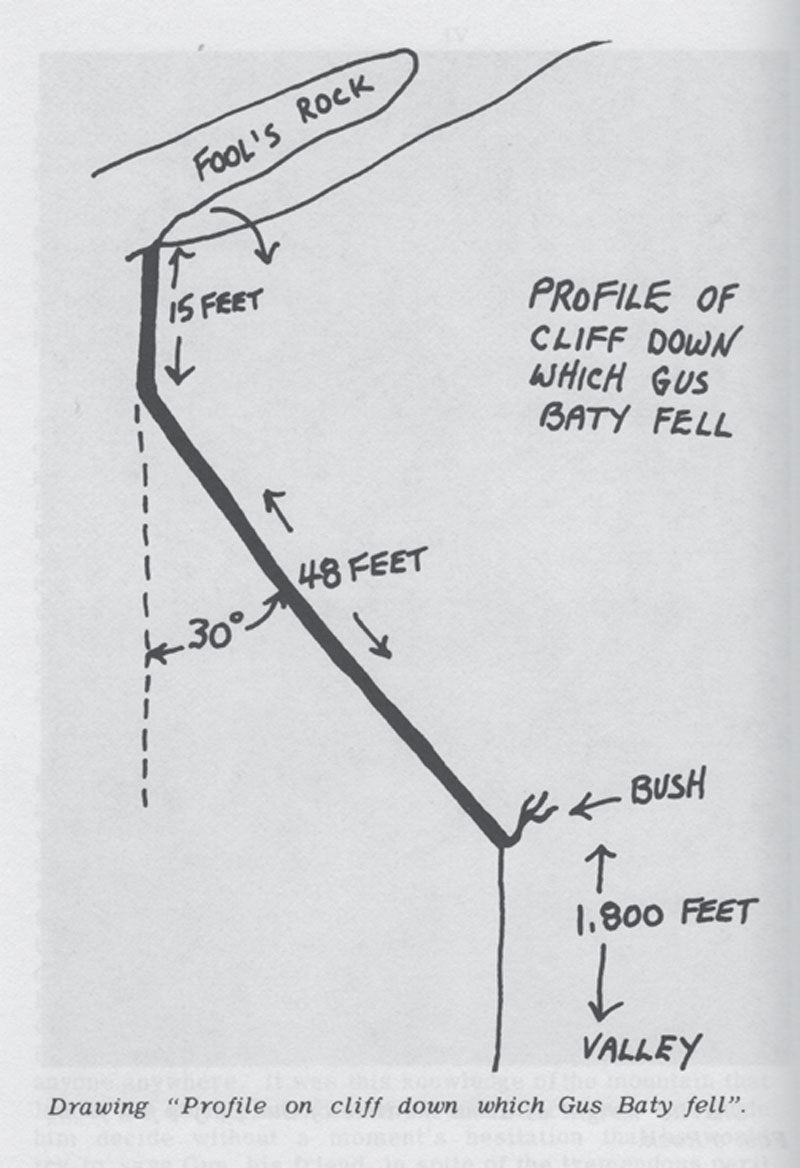Heroic Mountain Rescue: A dramatic cliffs rescue earned Charlie Wright the prestigious Carnegie Medal
The most famous tale of near-tragedy in Highlands history is Charlie Wright’s incredible heroism at Whiteside Mountain. It occurred on May 14, 1911 when a group of young picnickers took the Kelsey Trail to the top of Whiteside. Gus Baty thought he’d show off for Irene Edwards by pretending to fall off the great tongue of granite that projects into space above Whiteside Cliffs that’s become known as Fool’s Rock.
Suddenly, Gus tottered and fell off the rock. He shot like an arrow down a 30-degree slope to the brink of a perpendicular 1,800-foot precipice. Charlie Wright ran out on the rock and saw that a small rhododendron bush some 60 feet below had saved Gus from plunging to certain death.
Charlie Wright and Will Dillard attempted to rescue their friend. Crawling slowly, they crept and clung their way along patches of slippery moss and down bare rock, grasping for handholds and niches less than an inch in height or depth. After Dillard turned back, Wright lowered himself, inch-by-inch, until he could grasp his friend, Gus Baty.
Charlie Wright
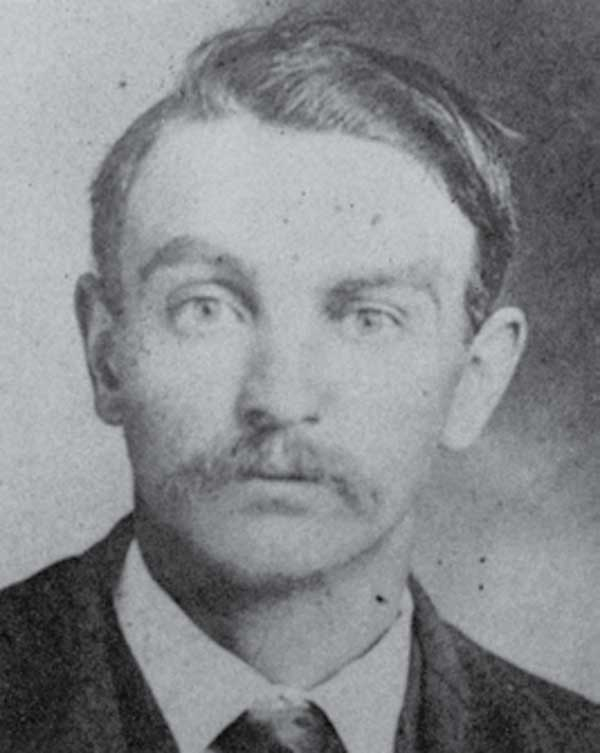
Highlands hero, Charlie Wright received a gold medal. Will Dillard was awarded a silver medal.
The Carnegie Medal
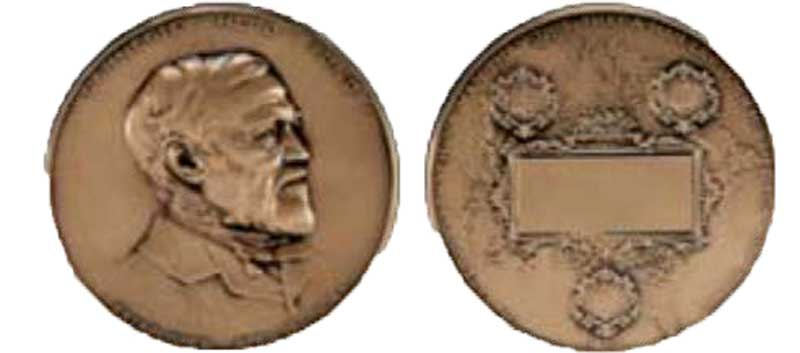
The Carnegie Medal is a three-inch medallion awarded to civilians who risk their lives saving or attempting to save the lives of others. Andrew Carnegie’s profile dominates one side of the medal. The reverse includes a cartouche, or inscription plate, which carries an embossed statement naming the rescuer, the rescued, the place, and the date of the heroic act.
Fool’s Rock
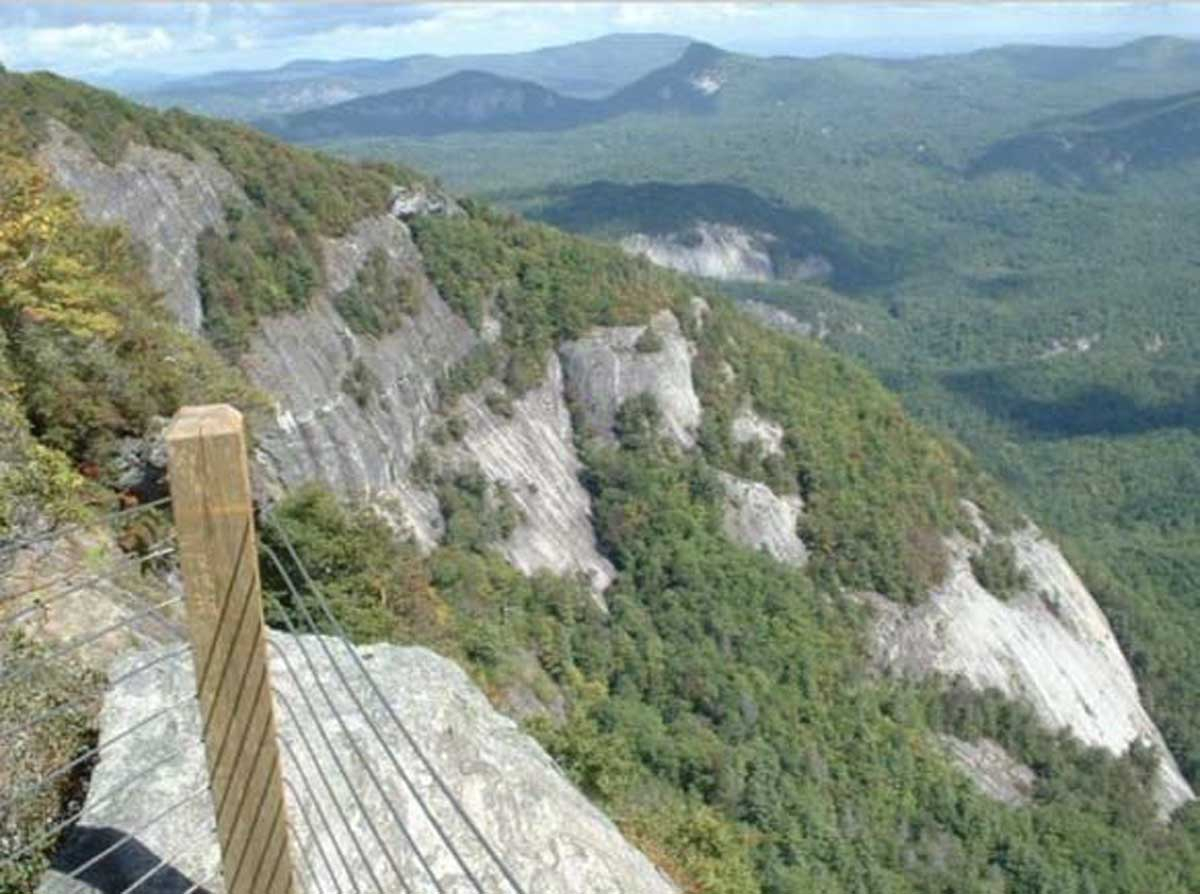
“Fool’s Rock,” less than five feet wide, juts out over the valley floor, 2,000 feet below. Today, a guardrail protects visitors from the sheer drop.
Sunday hikers
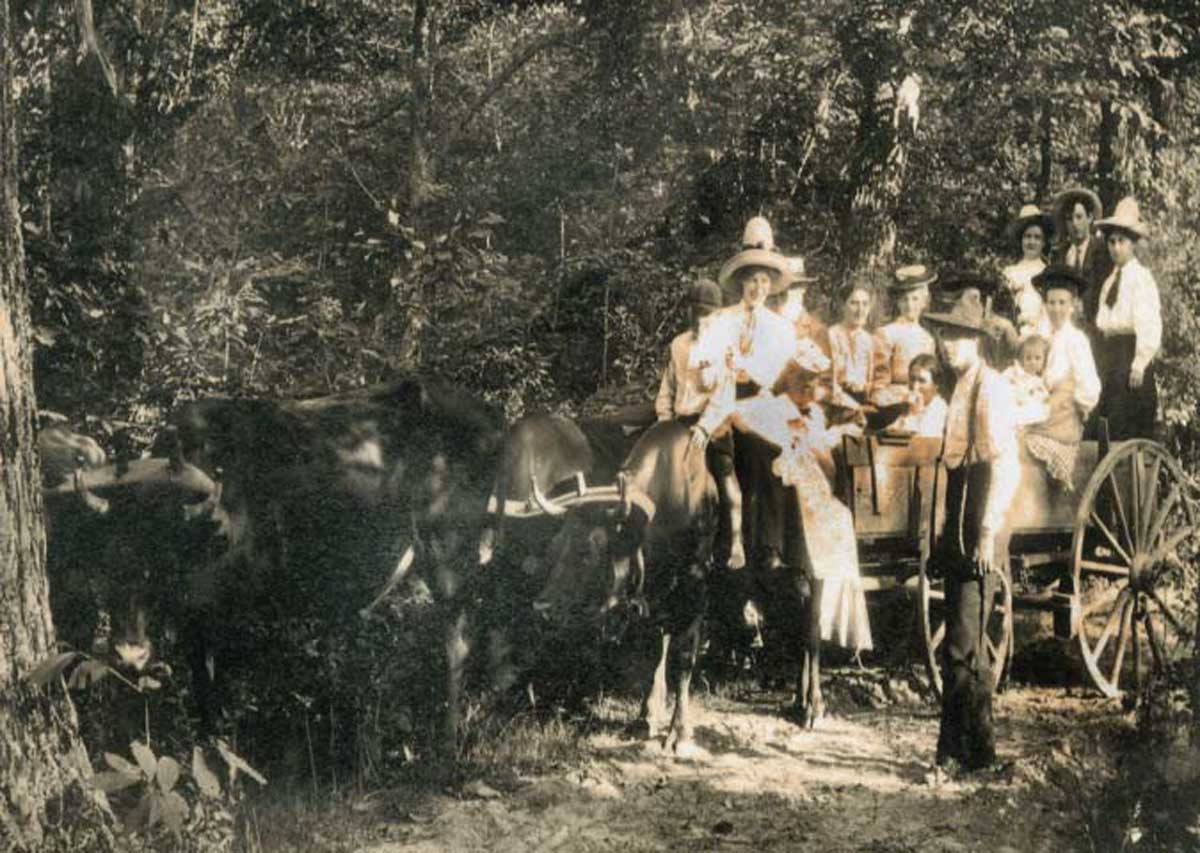
Like these in 1909 (right), would picnic among large rocks that circled the campground at the end of Kelsey Trail. On that fateful day in 1911, 13 friends went up to Whiteside. Photograph courtesy of Tammy Lowe.
Kelsey Trail
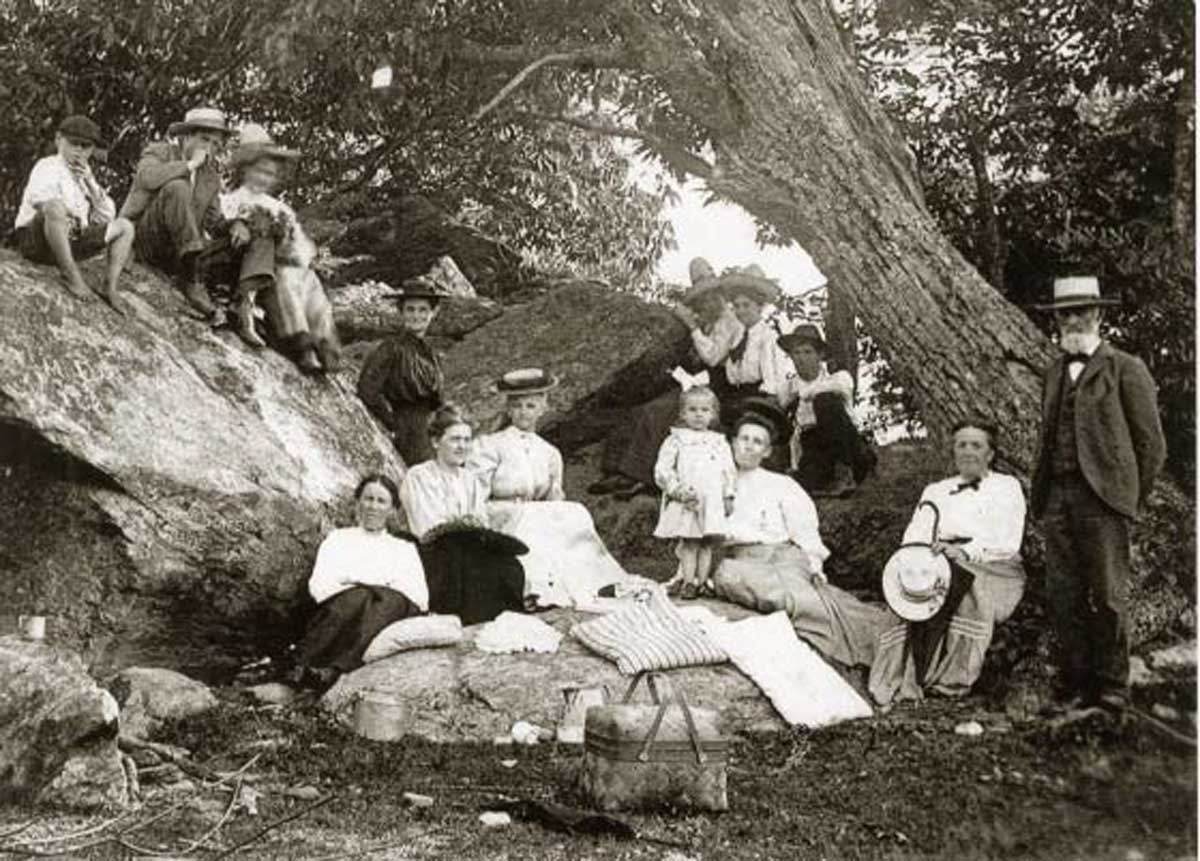
When Highlands was founded in 1875, there was no road to Whiteside Mountain. So in 1881 Samuel Kelsey began work on a wagon road that began at the north end of 5th Street and ended a quarter-mile from the top of Whiteside Mountain. Completed in 1883, the trail wound for 4½ miles through a forest lined with huge hemlocks. Photograph courtesy of Tammy Lowe.

